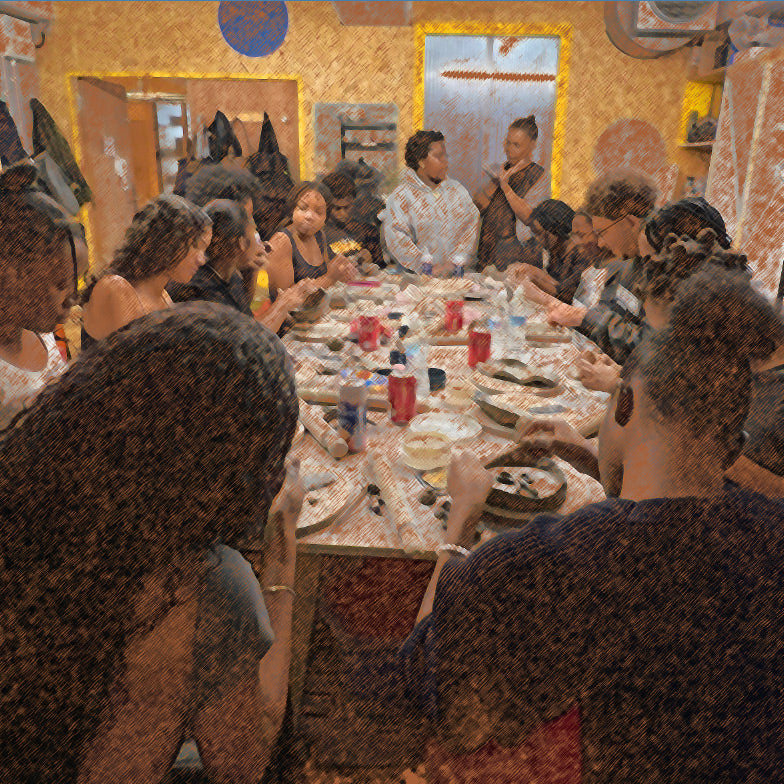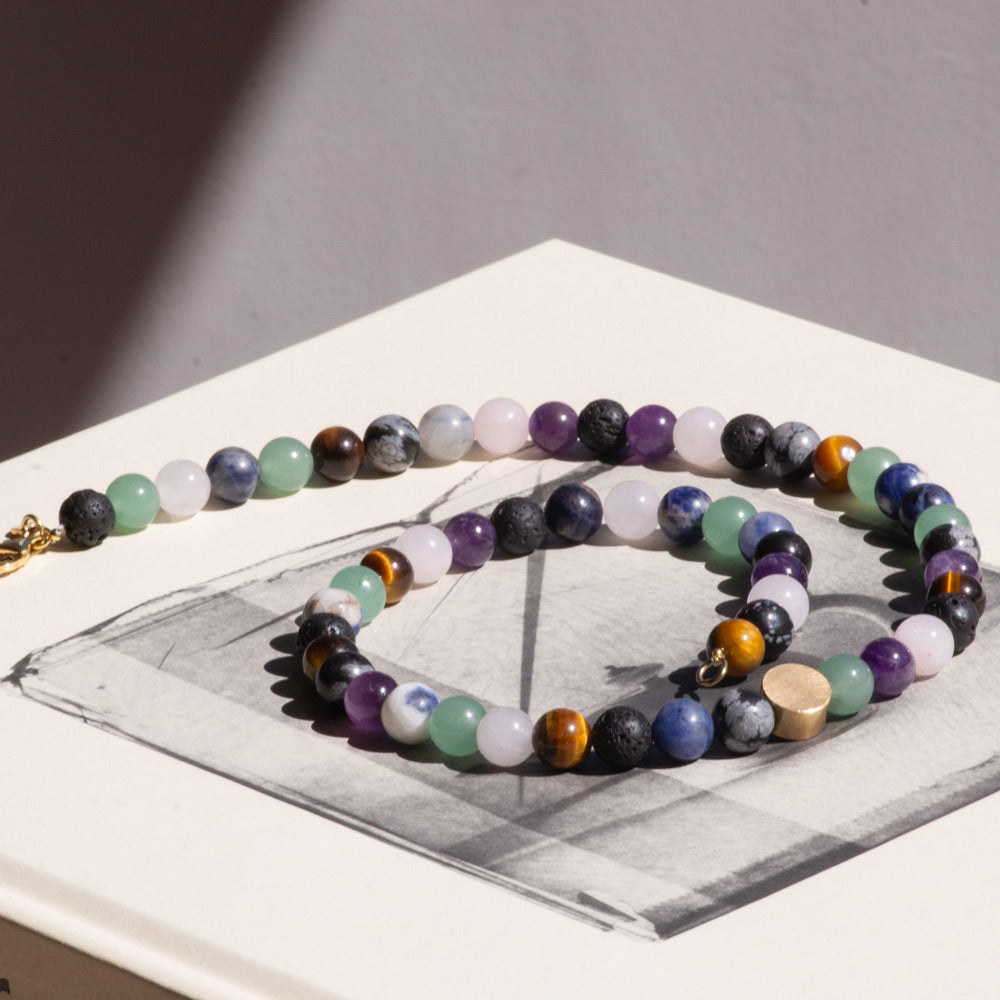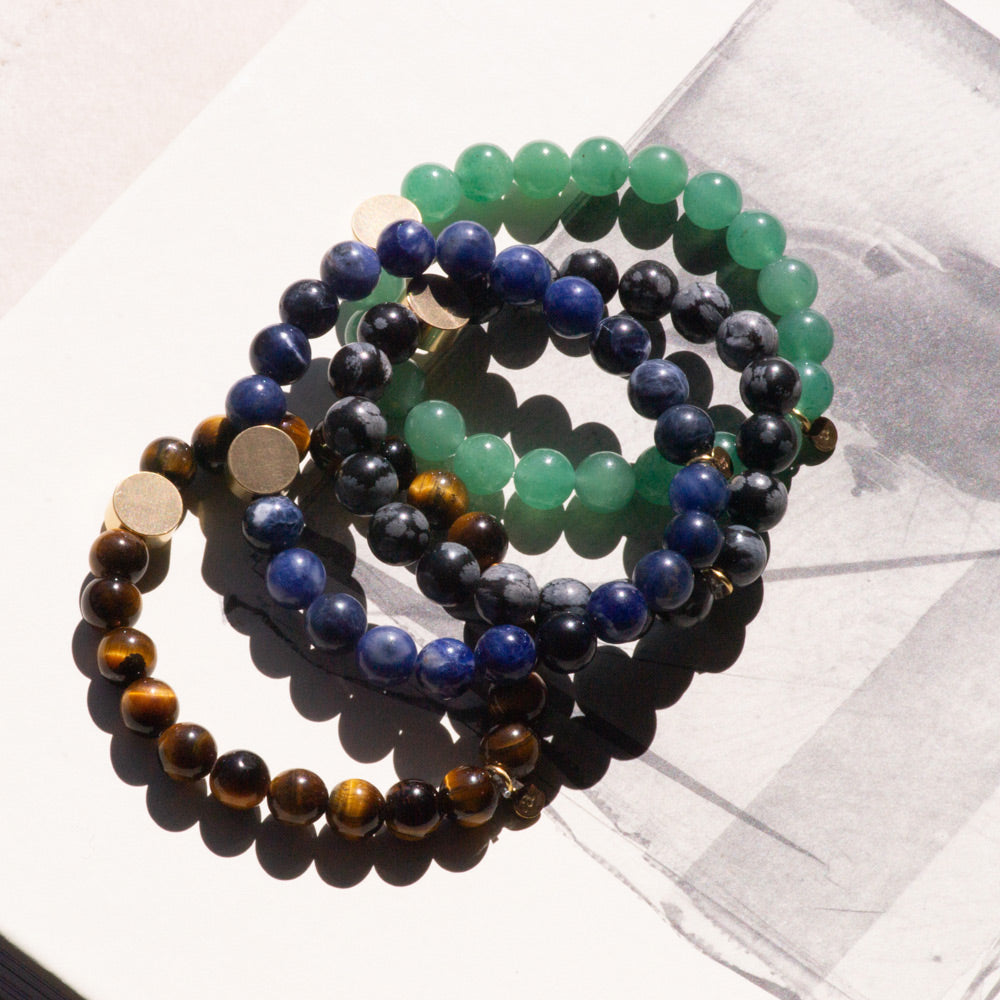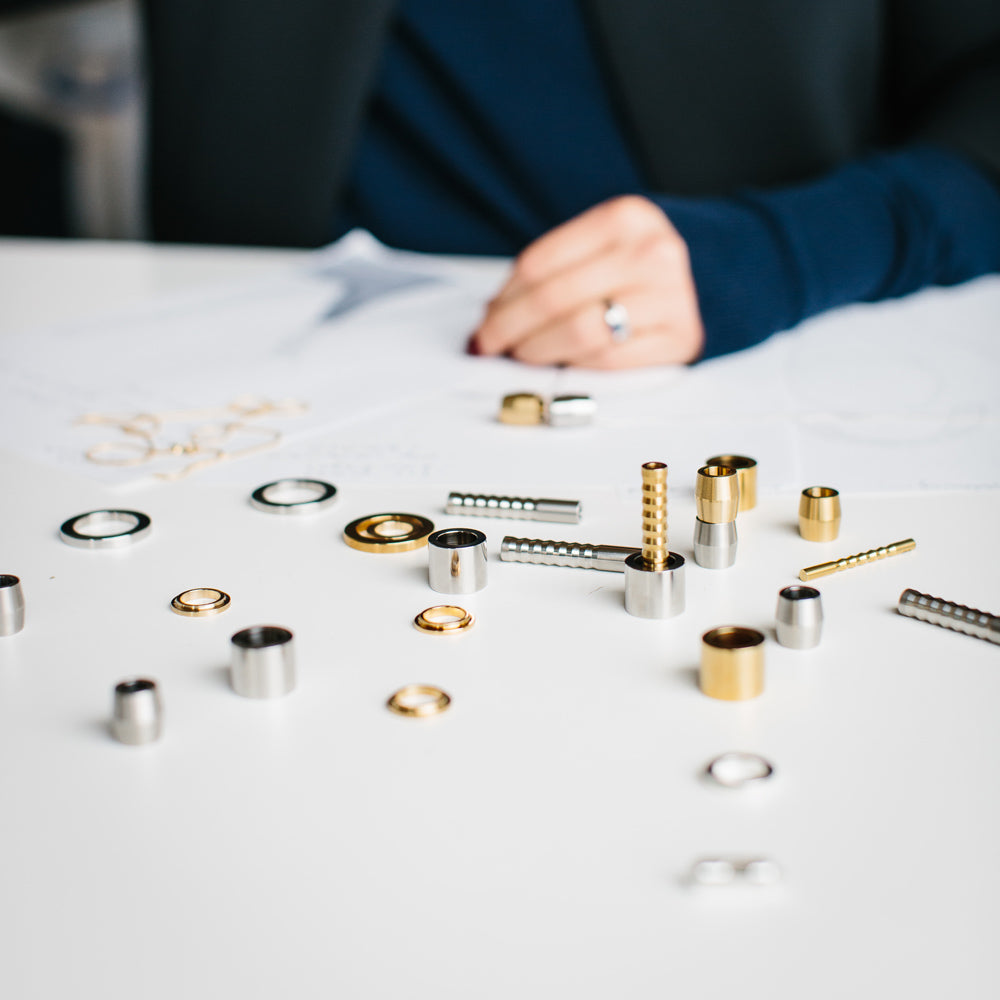The history of cufflinks
Alice Made This pride ourselves on making timeless and classic cufflinks, with honest materials and a clean finish. Cufflinks themselves have been popular for centuries, first emerging in the late 17th Century, under the reign of King Louis XIV of France. The history of the cufflink is inextricable from the history of the shirt; traditionally the shirt was considered an undergarment, and so to show a shirtsleeve would be considered improper, but over time this attitude changed, and there developed a need to fasten shirt cuffs.
Before the introduction of the cufflink, shirt cuffs were fastened with ribbon or string, but in the last few years of Louis XIV’s rule, the fashionable men of Europe began to use pairs of buttons joined by a small chain to fasten their sleeves. These buttons were often painted with miniatures of either loved ones or notable figures. Throughout the 18th century, cufflinks continued to be worn by the more elegant Europeans.
The industrial revolution during the 19th century led to the rise in production, and also the process of electroplating precious metals, which meant that the general population could wear cufflinks. By the mid 1800s, the bourgeoisie and working class were large enough to create demand for a manufactured product, and shirtsleeves had become stiffer with the introduction of starch, making a new form of fastening necessary. In the 1840s, cufflinks now took a form that we would recognise today – gold, silver, or pearl buttons held together by a brass chain.
It was not only men who wore cufflinks, but also women, as very few shirts were made with buttons attached. In the 1920s, however, a sport shirt was developed and the return of the unstarched cuff meant that cufflinks were no longer necessary. Despite this, cufflinks remained popular with men, with manufacturers producing cufflinks for men of all social classes during the years of the Great Depression and World War II.
After a brief dip in popularity during the 1970s and 1980s, cufflinks returned as a staple accessory in the 1990s and look set to stay, holding onto their heritage as both luxury items and as appealing to all men. It is rumoured that Alexandre Dumas’ Baron Danglers with diamonds adorning his shirt cuffs in ‘The Count of Monte Cristo’ is the source of the popularity of cufflinks; whether cufflinks are the result of desire to emulate the royals or the fictitious, their continued popularity over many centuries is undeniable and remarkable with the constant evolution of fashion and process.














